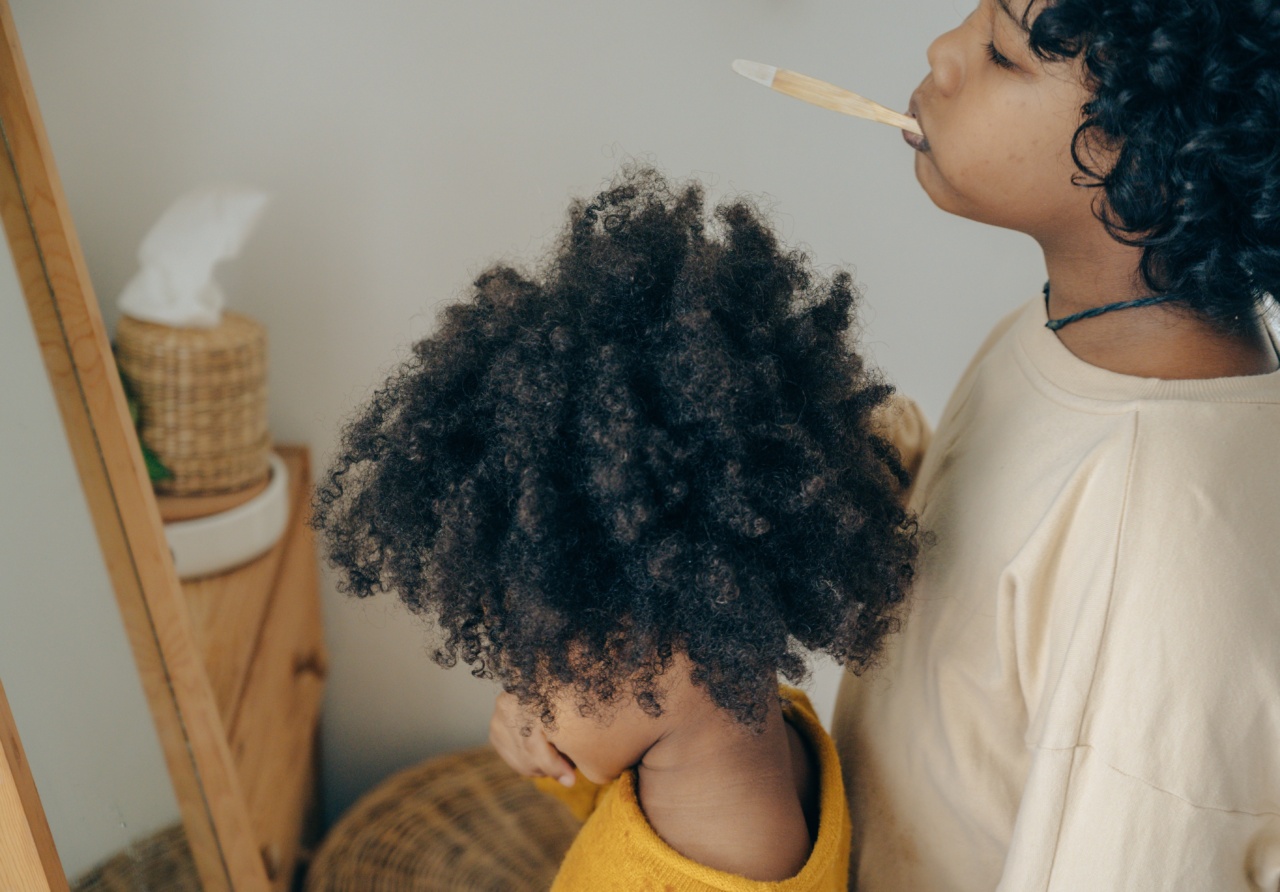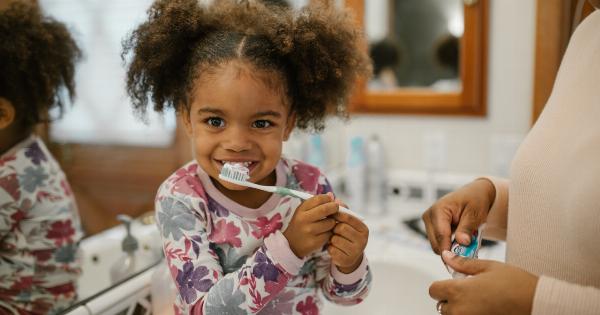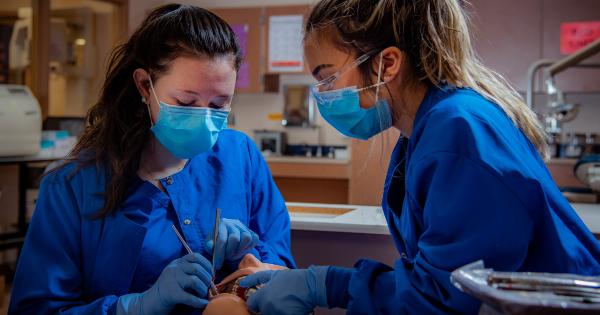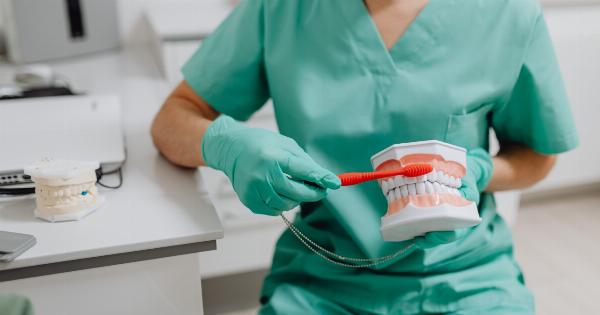As a parent, one of the essential tasks in ensuring your child’s oral health is brushing their teeth regularly.
While it may seem like a simple activity, there are specific techniques and considerations that can make a significant difference in maintaining healthy teeth and gums. In this article, we will discuss the importance of brushing your child’s teeth, step-by-step instructions on how to do it effectively, and general tips to make it a fun and enjoyable experience for both you and your child.
Why is it Important to Brush Your Child’s Teeth?
Teaching your child good oral hygiene habits from a young age sets the foundation for a lifetime of healthy teeth and gums.
Regular brushing eliminates plaque, a sticky film of bacteria that can lead to tooth decay, gum disease, and other oral health issues. By encouraging proper brushing techniques and consistency, you can help protect your child from cavities and promote their overall oral health.
When should you Start Brushing Your Child’s Teeth?
It is recommended to start brushing your child’s teeth as soon as the first tooth erupts. For most infants, this occurs around six months of age. Initially, you can use a soft cloth or an infant toothbrush with water to clean the tooth gently.
Once more teeth appear, you can introduce a small smear of fluoride toothpaste (about the size of a grain of rice) and eventually progress to using a pea-sized amount as they grow older.
Step-by-Step Guide for Brushing Your Child’s Teeth
Follow these steps to ensure effective brushing for your child:.
Step 1: Choose the Right Toothbrush and Toothpaste
Select a toothbrush specifically designed for children. It should have soft bristles and a small head to comfortably fit into their mouth.
Additionally, choose a fluoride toothpaste approved by dental associations for children’s use, ensuring it has the appropriate level of fluoride concentration.
Step 2: Proper Positioning
Stand or sit behind your child, gently tilting their head backward against your body or against a pillow. This position allows easy access to their teeth and enables you to see the brushing area clearly.
Step 3: Apply Toothpaste
Squeeze an appropriate amount of toothpaste onto the toothbrush. Remember that for children under three years old, a smear of toothpaste is sufficient, while for older children, a pea-sized amount is recommended.
Step 4: Brush in Small Circles
Hold the toothbrush at a 45-degree angle to the gum line. Using gentle, circular motions, brush the outer and inner surfaces of each tooth. Ensure that you reach all areas, including the chewing surfaces and the back teeth.
Step 5: Brush the Gumline
Continue using circular motions to clean along the gumline. Plaque and food particles tend to accumulate in this area, so paying extra attention is vital.
Step 6: Brush the Tongue
Gently brush your child’s tongue to eliminate bacteria and freshen their breath. This step also helps lay the foundation for proper tongue hygiene as they grow older.
Step 7: Rinse and Spit
Once brushing is complete, instruct your child to rinse their mouth thoroughly with water and spit it out. Avoid letting them swallow the toothpaste as it may lead to tooth discoloration due to excess fluoride ingestion.
Step 8: Provide Positive Reinforcement
Offer words of encouragement and praise your child for their effort during the brushing process. Positive reinforcement can make them more enthusiastic about maintaining good oral hygiene habits.
Step 9: Set a Routine
Establish a regular brushing routine by incorporating it into your child’s daily schedule. Brushing should occur at least twice a day, ideally after breakfast and before bedtime.
Consistency is key to ensuring effective plaque removal and maintaining oral health.
Step 10: Visit the Dentist Regularly
While regular brushing at home is crucial, it is equally important to take your child for regular dental check-ups.
Dentists can detect any developing issues, provide professional cleaning, and offer personalized advice on oral care specific to your child’s needs.
Tips for Making Brushing Fun
To make brushing an enjoyable experience for your child, consider the following tips:.
Tip 1: Let them Choose their Toothbrush
Allow your child to pick out their toothbrush with their favorite color or character. Having a toothbrush they love can make brushing sessions more exciting.
Tip 2: Use a Timer or a Song
Set a timer or play a fun song that lasts for two minutes. Encourage your child to brush their teeth until the time or the song is finished, ensuring they brush for an adequate duration.
Tip 3: Make it a Family Affair
Brush your teeth alongside your child. Children often enjoy mimicking their parents, and seeing you prioritize oral hygiene can motivate them to do the same.
Tip 4: Incorporate Rewards
Create a sticker chart or reward system to acknowledge consistent brushing habits. Every time your child brushes their teeth, let them add a sticker to the chart, working towards a prize or a special treat when they reach a certain number.
Conclusion
Brushing your child’s teeth is an essential task that should be approached with care, patience, and consistency.
By following the step-by-step guide provided, incorporating fun elements, and setting a good example yourself, you can instill proper oral hygiene habits that will benefit your child throughout their life. Remember, regular dental visits and professional guidance are crucial to complement your efforts at home, ensuring your child’s oral health remains in optimal condition for years to come.






























